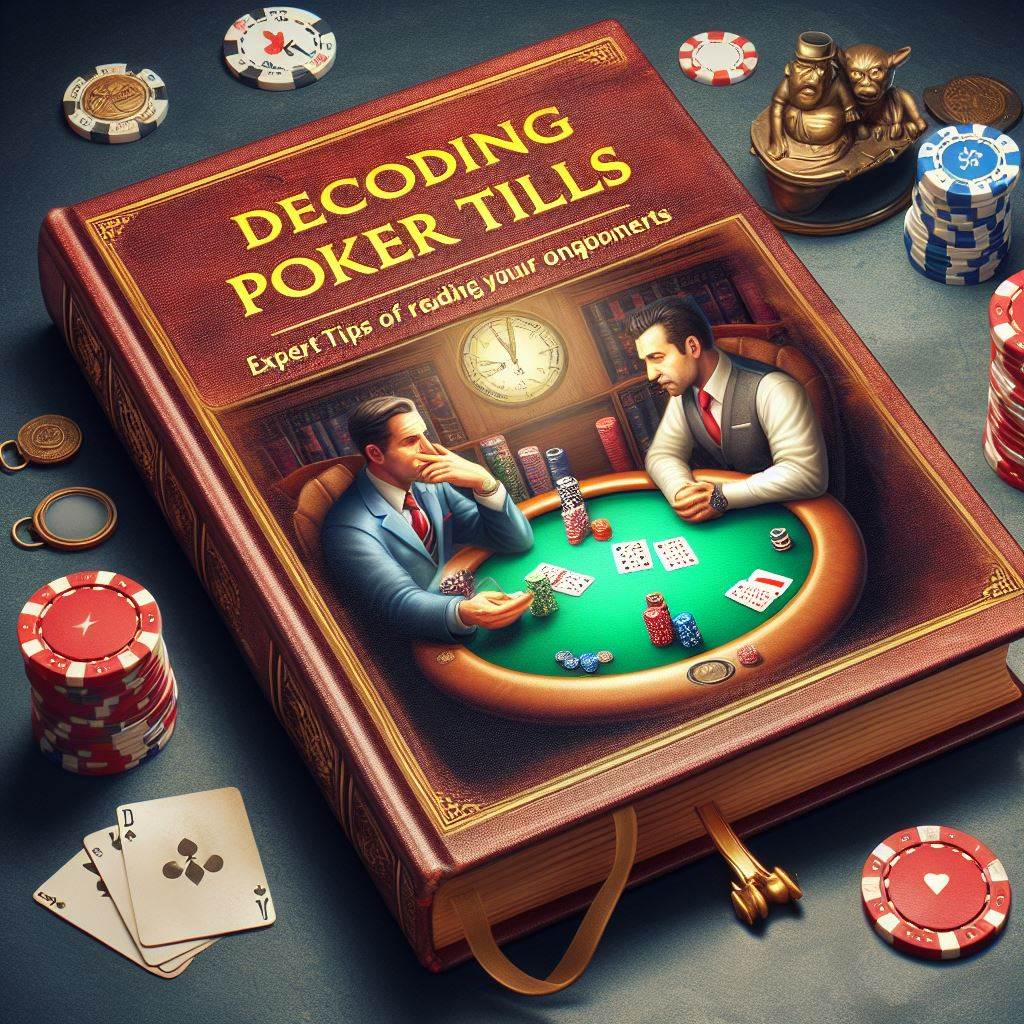Decoding Poker Tells: Expert Tips for Reading Your Opponents

Imagine sitting at a poker table, Tips Reading Your Opponents the chips are stacked, and the cards are dealt. Across from you sits an opponent, their face a mask of concentration. You notice a slight tremor in their hand as they reach for their chips. Is it a sign of a strong hand, or are they bluffing? This blog post is designed to help you decode such poker tells, offering expert tips that will aid you in reading your opponents’ subtle physical and behavioral cues, essential for anyone looking to improve their game.
The Concept of Poker Tells
Begin by exploring what a poker tell is: a physical reaction, a habitual gesture, Tips Reading Your Opponents or a change in behavior that can potentially give away information about a player’s hand. Discuss why understanding these tells is crucial in poker—a game where psychological warfare and strategy play pivotal roles. Explain the foundational psychology behind tells, which includes involuntary nervous reactions and deliberate deceits employed by more experienced players.
Delving into Common Physical Tells
Transition into discussing specific physical tells. Describe how shaky hands could indicate a strong hand or a nervous bluff. Explore why a player might avoid eye contact or repeatedly touch their face when they are trying to deceive others. Each gesture or movement at the table can provide critical insights into the opponent’s state of mind and hand strength.
Behavioral Patterns and Betting Habits
Shift focus to behavioral patterns, particularly how players bet and make decisions. Discuss how the speed of betting and changes in betting size can be indicative of a player’s confidence in their hand. Explain how variations in a player’s talking patterns can offer clues; an increase in chattiness might suggest comfort, whereas silence could denote uncertainty.
Advanced Tells and Psychological Strategies
Introduce more complex tells and strategies used by professional players, including reverse tells—deliberate actions taken to mislead opponents—and the importance of recognizing habitual behaviors. Discuss the psychological layers of poker, where players not only play the cards but also play the person across from them.
Cultivating Observational Skills
Offer advice on improving observational skills. Encourage readers to practice reading tells by observing games they are not directly involved in, which can help hone their skills without the pressure of participating. Suggest taking notes during games to track opponents’ behaviors and look for patterns over time.
Practical Application and Continuous Learning
Highlight the importance of applying these skills in real settings. Suggest starting with lower stakes games to minimize risk while still practicing the ability to read tells. Encourage readers to engage in various types of poker games, from tournaments to cash games, to experience a wide range of opponents and situations.
Conclusion
Conclude by reinforcing the importance of being able to read poker tells as part of developing a more nuanced and strategic approach to poker. Encourage continual learning and practice, reminding readers that mastering poker tells requires patience, keen observation, and the ability to adapt based on new information.
Read More: The Ultimate Casino Poker Cheat Sheet: Must-Know Tricks


